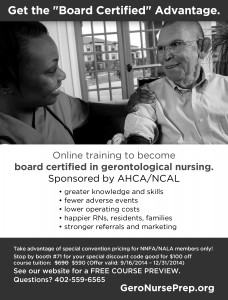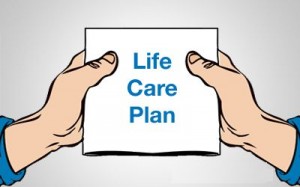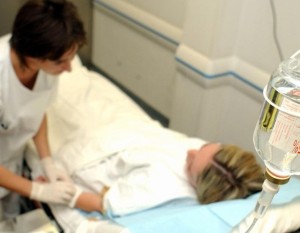We are all aware of the risks of heart disease: diet, exercise, smoking, lipid levels, stress, genetics, etc. Now, research is showing us more specifically to what these lifestyle risks relate. A recent study published in the Journal Circulation: Heart Failure, found that a high sedentary lifestyle increased the chance of having heart failure, as much as 1.34 times that of a low sedentary lifestyle.

Picture Source: USAToday.com
Similarly, the study found that lower levels of physical activity were also related to heart failure, as much as 1.52 times as likely to get heart failure that those with high levels of physical activity. It is crucial to stress the importance of healthy, active lifestyle for all, to the individual’s highest ability, to protect the heart from disease. This evidence can be used as a motivator to discourage sedentary behaviors.
Young DR, Reynolds K, Sidell M, Brar S, Ghai NR, Sternfeld B, et al. Effects of physical activity and sedentary time on the risk of heart failure. Circ Heart Fail. 2014 Jan 1;7(1):21-7.
For more on this study, see: http://www.ncbi.nlm.nih.gov/m/pubmed/24449810/












